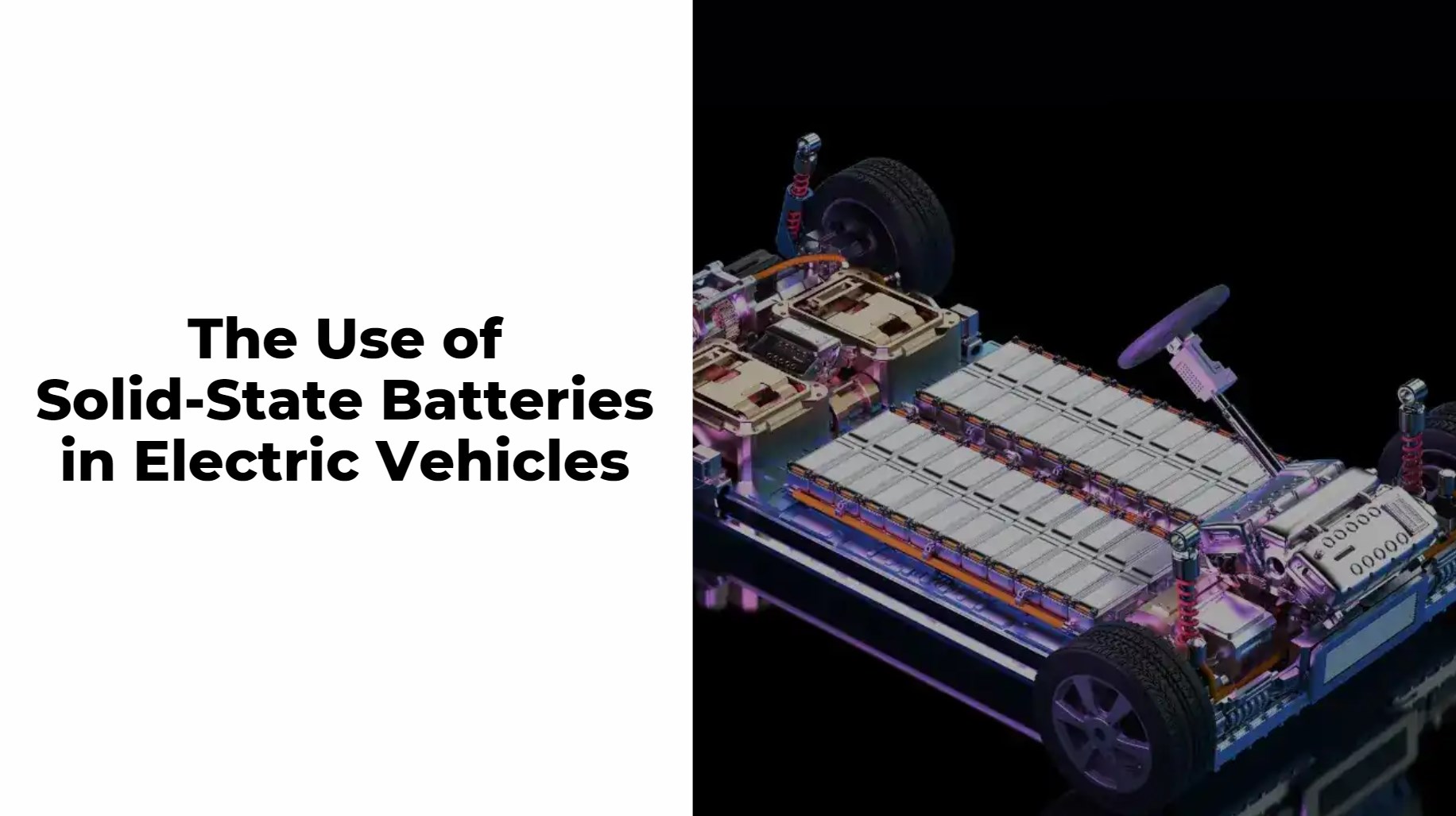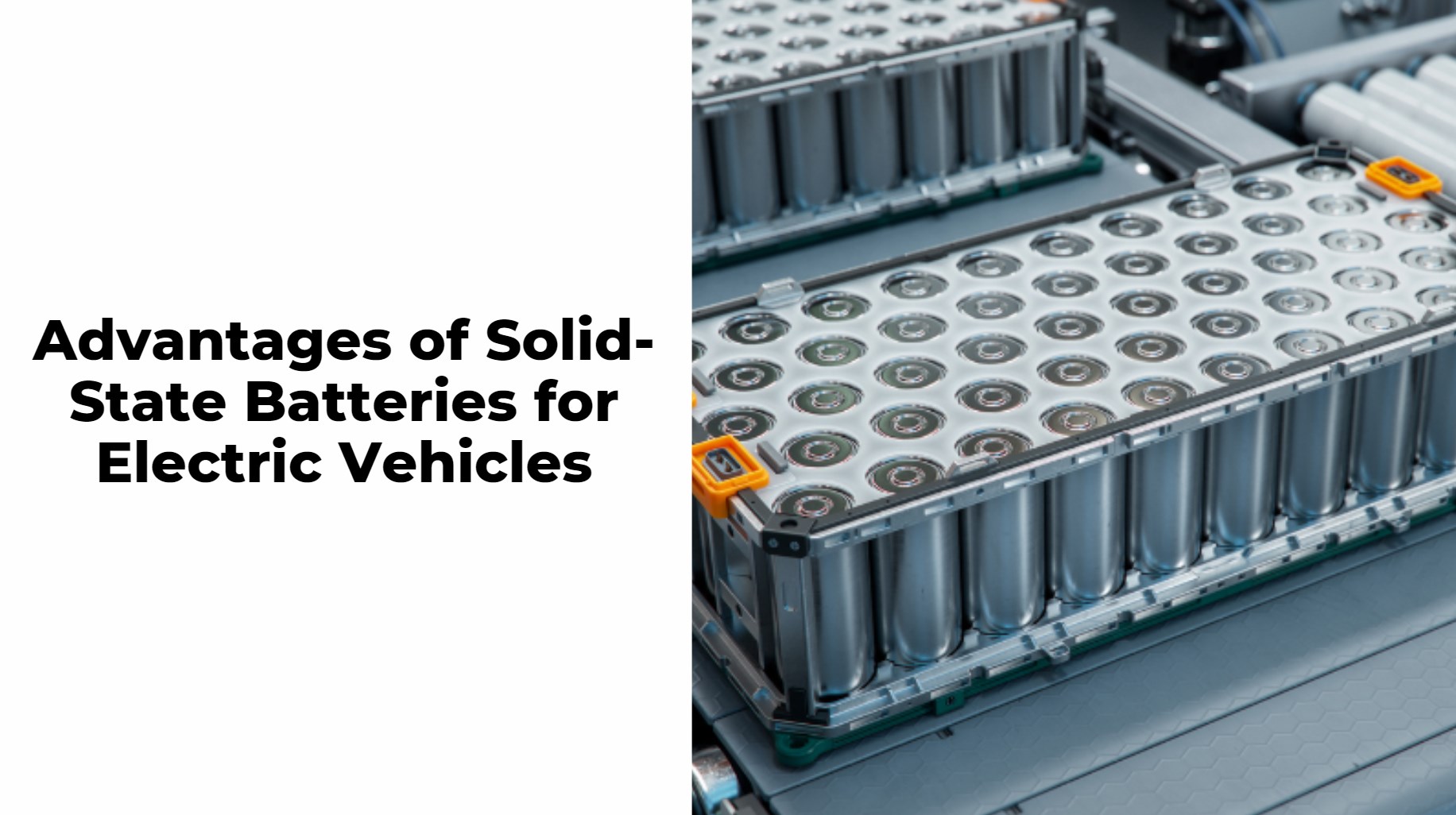Solid-state batteries are poised to revolutionize the electric vehicle (EV) industry, offering a range of benefits that could significantly enhance performance, safety, and efficiency. This article delves into the advantages of solid-state batteries for electric vehicles, their current development status, and the challenges that need to be addressed before they can become mainstream.
Solid-state batteries are a game-changer for electric vehicles (EVs). They use solid electrolytes instead of liquid ones, offering higher energy density, faster charging, and improved safety. Major companies like Toyota and Volkswagen are working to bring these innovative batteries to market by 2027, promising to double EV ranges and enhance performance.
Advantages of Solid-State Batteries for Electric Vehicles
Higher Energy Density
One of the most compelling advantages of solid-state batteries is their higher energy density. Solid-state batteries can achieve specific energy values ranging from 250 to 900 Wh/kg. This is a substantial improvement over traditional lithium-ion batteries, which generally offer lower energy densities. The increased energy density translates directly into longer driving ranges for electric vehicles. With solid-state batteries, EVs could potentially travel further on a single charge, addressing one of the most significant concerns for consumers: range anxiety.
Faster Charging
Another key benefit of solid-state batteries is their ability to support rapid charging. Prototypes of solid-state batteries have demonstrated the capability to charge from 10% to 80% in as little as 3 minutes. This rapid charging performance is comparable to the time it takes to refuel a gasoline vehicle, making it a game-changer for the EV market. The reduction in charging times would greatly enhance the convenience of owning an electric vehicle, making them more attractive to a broader audience.
Improved Safety
Safety is a critical consideration for battery technology, and solid-state batteries excel in this regard. The solid electrolytes used in these batteries are generally non-flammable and stable across a broader temperature range compared to liquid electrolytes found in conventional lithium-ion batteries. This characteristic significantly reduces the risks associated with thermal runaway and leakage, which are common issues with liquid electrolytes. Enhanced safety features are particularly important for EVs, where battery performance and safety are crucial for consumer confidence.
Longer Cycle Life
Solid-state batteries offer a significantly longer cycle life compared to their lithium-ion counterparts. They can endure between 10,000 to 100,000 charge-discharge cycles, whereas traditional batteries typically last between 500 to 1,500 cycles. This extended longevity means that solid-state batteries can offer more durable performance over the lifetime of an EV, reducing the need for frequent battery replacements and lowering the overall cost of ownership.
Adoption Timeline and Challenges
Adoption Timeline
Major automotive manufacturers such as Toyota, Nissan, and Honda are heavily invested in the development of solid-state batteries for electric vehicles. These companies aim to bring solid-state battery technology to market by the mid-2020s to 2028. The timeline reflects the industry’s recognition of the transformative potential of solid-state batteries and the urgency to overcome existing challenges.
Manufacturing Costs
One of the primary barriers to widespread adoption of solid-state batteries is the high manufacturing costs. The production of solid-state batteries, particularly the thin-film types, involves complex and expensive processes. These high costs can limit initial market penetration and may impact the affordability of EVs equipped with solid-state batteries. Reducing manufacturing costs is essential for making solid-state batteries a viable option for mainstream electric vehicles.
Material Development
Material development is another critical challenge. Ongoing research is needed to identify and optimize materials that can provide the necessary conductivity and stability for solid electrolytes. Finding the right materials that can balance performance, cost, and safety is crucial for advancing solid-state battery technology.
Commercial Viability
The transition from prototypes to commercially viable products remains a significant hurdle. Many companies are racing to achieve breakthroughs in manufacturing techniques and material science to make solid-state batteries commercially feasible. Overcoming this challenge involves not only technological advancements but also scaling production processes to meet market demand.
Conclusion
Solid-state batteries represent a promising advancement in battery technology with the potential to greatly impact the electric vehicle industry. Their higher energy density, faster charging capabilities, improved safety, and longer cycle life offer significant advantages over traditional lithium-ion batteries. However, challenges related to manufacturing costs, material development, and commercial viability must be addressed to make solid-state batteries a mainstream option.
As research and development continue, solid-state batteries are expected to play a crucial role in shaping the future of electric vehicles. Their benefits could lead to enhanced performance, greater consumer acceptance, and a more sustainable future for transportation.




